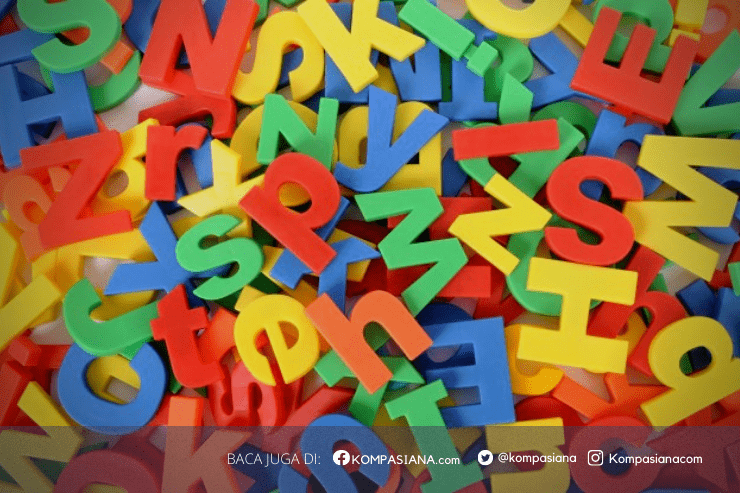[caption id="attachment_18556" align="alignleft" width="300" caption="Jathilan by GudegNet/Joko Widyarso"][/caption] Jathilan, the variant of Jaran Kepang, Jaran Dor, and Kuda Lumping, is a Javanese traditional dance that spreads throughout Yogyakarta and Central Java. Using artificial horse made of plaited bamboo as its most important medium of expression, Jathilan is performed by a group consists of dancers and gamelan players mostlyfrom early afternoon to early evening Jathilan was formerly a ritual to summon horse spirit to protect and prosper the performer's village. According to its role in early Javanese society, horse symbolizes strength, obedience, and servitude and represents the working class. This lowest-yet-most important analogy of working class is clearly visible from the fact that the men with artificial horses are the center of attention. On earlier development, a group of Jathilan dancer consists of two horsemen and a man with a whip. As it originated from and flourished within lower social classes of ancient Javanese society, the musicians only play, from the point of view of Javanese traditional music, a simple composition from a simplified set of gamelan. Today, dancer has already adopted several changes in amount, costumes, and detail of the dance style. [caption id="attachment_18557" align="alignright" width="300" caption="Jathilan by GudegNet/Joko Widyarso"][/caption] The plot of the story performed in original Jathilan tells about the ups and downs of the relation between two social classes. The reckless horsemen. dancing and jumping through the performance, having more in numbers, being uncontrolled some times, but still keeping their obedience to the man with whip. Movements called pacak gulu (waving head and neck side to side), siring (moving sideward), ngiclik (making short steps while running), njondil (jumping or looping) are adapted from horse in real life. The upper social class is described as a the man with whip; controlled in manner, less in number, but having the authority to arrange the position of the horsemen in the stage. Through the performance, he only walks around the stage, grinning and laughing in arrogant manner, while lashing his whip some times to show his authority upon the horsemen. The gamelan set as well as the composition played in Jathilan today are generally retained as those from its earlier development. The set consists only of saron, kendang, gong, and kempul, which are the main parts of complete gamelan set. The dance goes along gamelan's rhytmic composition, which is static in tempo but dynamic in range. As the tempo raising, Jathilan performance reaches its climax when one or both the horsemen act as if possessed by the spirit, which is believed to be the spirit of a horse. It was when they make attraction of madness. They eat grass and flower and drink straight from a bucket like a horse. In later development, the possessing spirit was believed as the spirit of their ancestor and the possessed horsemen did even more dangerous attraction. They ate pieces of glass and walk through fire without getting hurt. They also skinned coconut using their teeth and broke its shell using their forehead. Also published here Click here for version in Bahasa Indonesia
Baca konten-konten menarik Kompasiana langsung dari smartphone kamu. Follow channel WhatsApp Kompasiana sekarang di sini: https://whatsapp.com/channel/0029VaYjYaL4Spk7WflFYJ2H








